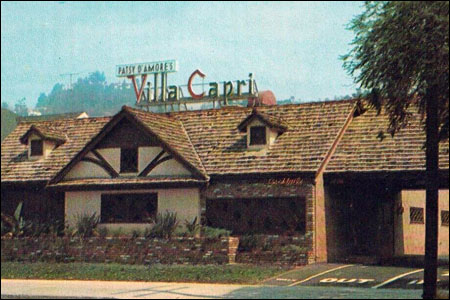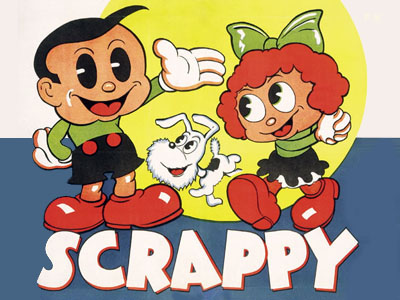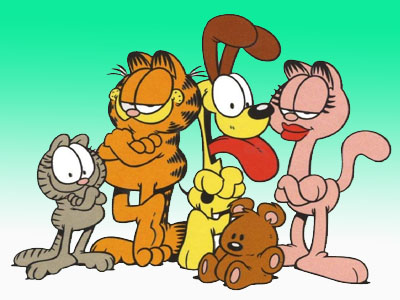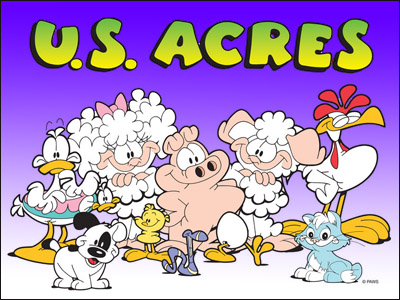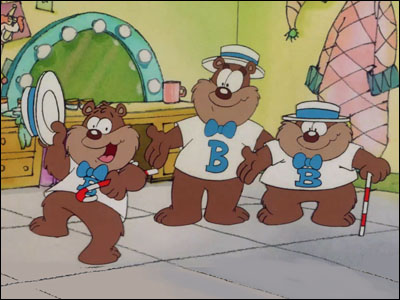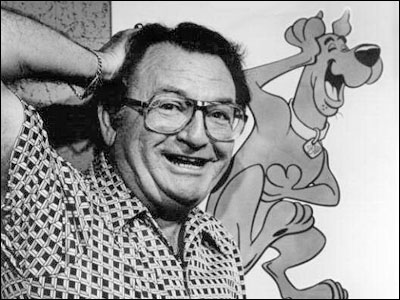
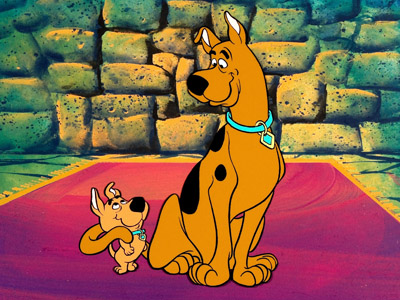
CHAPTER ONE
People ask me if I knew at the time I was contributing to the creation of a such a hated thing as Scrappy Doo. No, I didn't and no, I still don't. I am aware that there are some folks out there who, given the choice of seeing the execution of Osama bin Laden or Scrappy Doo, would opt for Scrappy and wonder why you even had to ask. Such people are, I believe, a fairly recent faction, and I don't think they're as widespread as their noise level would indicate. I recall Scrappy being wildly popular the first few years he was on the scene. He certainly bolstered Scooby's ratings and kept the series on a good 2-3 years longer than it would have lasted without him.
Scrappy debuted on the Scooby Doo program in 1979 as a "new element." Scooby had been on the air for some time by then and the narrow formula of the series had become repetitive to the point where ABC was considering cancellation. One of the very real concerns was whether the writers could come up with the thirteen requisite ghost premises to do another thirteen episodes. Let me tell you how you sold a script to the Scooby Doo series in those days.
You'd go to the producer or the story editor and say something like, "How about a ghost who's an aardvark and he's been haunting ant farms?"
The producer or story editor would consult a list of all the episodes produced to date, and there was about a 95% chance he'd look up from it and say, "Did it in Season Four" or whatever season it had been in. Sometimes, they'd say, "Did it in Seasons Two, Four, Five and I have one in the works right now, same idea." But if you lucked into something in the 5% category, you had an assignment…even if you didn't have a clue who the aardvark would be when he took off his mask or why he was haunting ant farms. Didn't matter. You or someone else could figure that stuff out later. You'd done the hard part.
In setting the schedule for that year, it had come down to a decision between renewing Scooby or picking up a new series — the pilot script for which I'd written — from another studio. Joe Barbera called me in and said, approximately, "If this doesn't work, Scooby's dead. We have this new character that I came up with…" And he showed me sketches of Scrappy Doo, explaining that this was Scooby's nephew. We would add him to the show and this would make things just "fresh" enough, while still keeping the winning Scooby formula intact, that ABC would order thirteen more episodes. And thirteen more for the season after that, and then there would be the season after that…
I was not then on staff at Hanna-Barbera. Quite a few writers were and most of them had taken a shot in the previous months at writing scenes or an entire episode to establish Scrappy. The folks at the network liked very little of what they'd done and were not about to green-light Scooby for another year; not without a finished teleplay that would show how Scrappy functioned, how he talked, where the comedy in the show would be with him around, etc. J.B. wanted me to write that episode. Even though it was competing with that other pilot I'd written, I said I'd do it. It was always very difficult to say no to Mr. Barbera.
The next thing that occurred was an unusually ugly negotiation between my agent and the gent in charge of Business Affairs for Hanna-Barbera. The latter took the position that this was not a pilot; that it was just another episode of Scooby Doo, so it should pay the same mediocre fee as all other episodes. My agent took the position that this was a pilot because (a) it was introducing a new character and something of a new format and (b) the network would or would not order episodes based on my script. I would also be going through several weeks of network meetings and extra rewrites, something that did not usually transpire on your average episode. Therefore, he concluded, it was a pilot and better pay was appropriate. The Biz Guy said no. My agent said, "In that case, Mark isn't doing it."
The Biz Guy said fine, Mark isn't doing it…or anything else for the studio, ever again. This was followed by the sound effect of the phone being slammed down. Then the Business Affairs guy called me at home and informed me that my days of writing for Hanna-Barbera were over. In fact, I should not bother trying to set foot in the studio again as I would be turned away. I pointed out to him that Scooby or no Scooby, I was still the editor of their comic book division. He said, "We'll see about that" and hung up.
Sure enough, I was banned from the studio for a good eighteen minutes, which is how long it was before Mr. Barbera phoned. He instructed me to — and I will clean up his language here a tad — "pay no attention to that damn idiot in Business Affairs." Before the sun set that evening, I had a deal to write the script that would introduce Scrappy Doo. The pay was sufficient (barely, of course) and there would be a small bonus if the show was picked up. The next day, I was to meet Mr. B. at the Villa Capri restaurant in Hollywood so we could brainstorm ideas over lunch.

